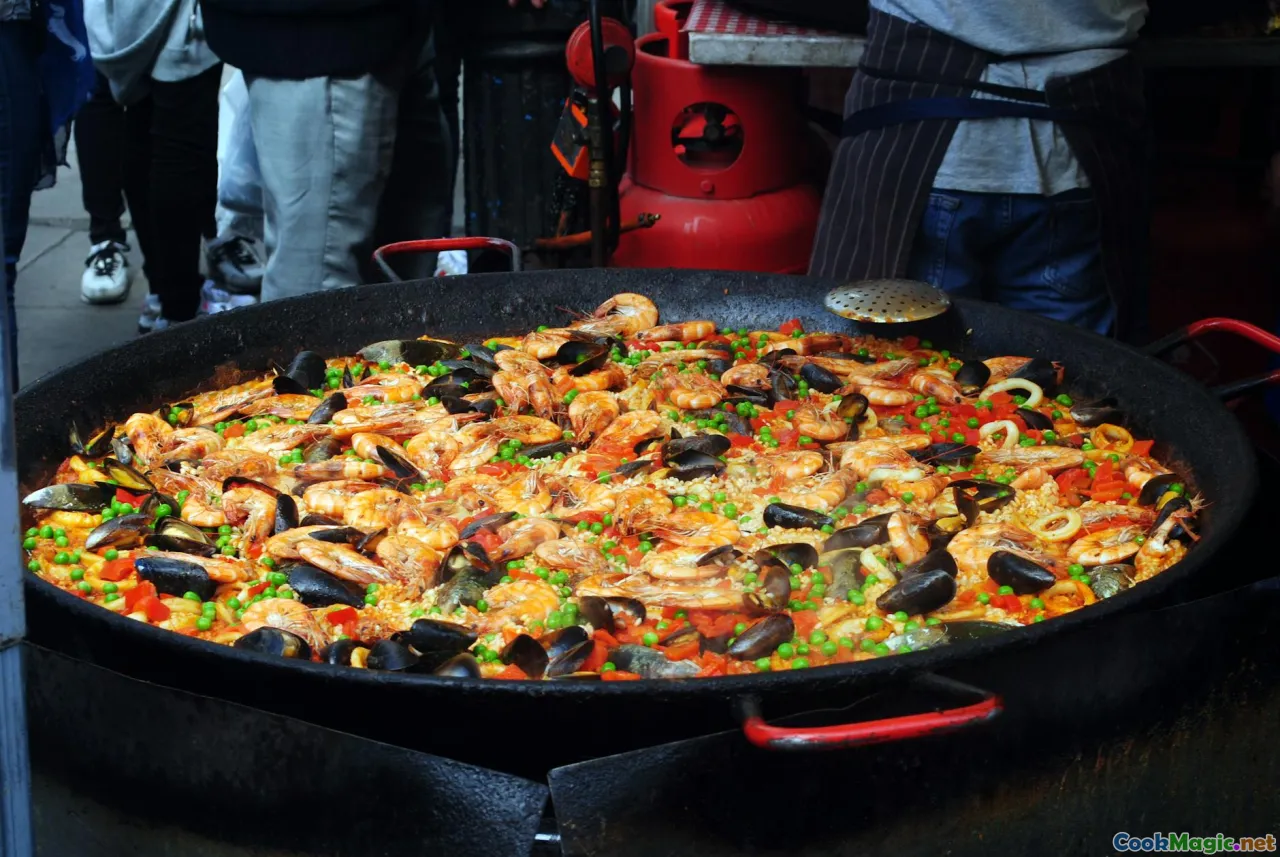The Evolution of Spanish Cuisine from Past to Present
7 min read Explore the rich journey of Spanish cuisine, from its ancient roots to modern innovations, revealing flavors, traditions, and cultural shifts. April 22, 2025 02:55
The Evolution of Spanish Cuisine from Past to Present
Imagine walking through the vibrant streets of Madrid or savoring the sun-drenched flavors of Andalusia, and you realize that every bite of Spanish food is a story—an intricate tapestry woven from centuries of history, culture, and innovation. Spanish cuisine isn't just about paella or tapas; it's a living, breathing reflection of the country’s diverse regions, cultural influences, and the resilience of its people.
Introduction: A Feast for the Senses and the Soul
Spanish cuisine has long been celebrated globally for its bold flavors, colorful presentations, and passionate approach to cooking. Yet, behind each dish lies a complex evolution—a narrative shaped by conquests, trade, migration, and modern culinary innovation. From its humble origins in ancient times to the sophisticated gastronomy of today, Spanish food exemplifies a nation proud of its heritage yet eager to embrace change.
Ancient Foundations: Roots in the Land and the Moor
Long before the rise of the Spanish kingdoms, the Iberian Peninsula was a crossroads of civilizations. The earliest inhabitants, the Romans, and the Visigoths laid the groundwork for agricultural practices and culinary techniques that persist today. However, it was the Moors, who arrived in the 8th century, that profoundly transformed Spanish cuisine.
The Moorish invasion introduced new ingredients—saffron, rice, citrus, almonds, and spices—that forever altered the island’s culinary landscape. Dishes like arroz con pollo and tapas owe much of their vibrant character to this cultural infusion. The aroma of saffron simmering in rich broths, the crunch of toasted almonds, and the sweet tang of citrus remind us of this Moorish legacy.
The Medieval to Renaissance Shift: Feast and Famine
During the Middle Ages, Spanish food evolved amid social stratification and regional diversity. Nobility relished elaborate banquets featuring roasted meats, spiced sauces, and sweet pastries, while peasants relied on hearty stews made from beans, grains, and seasonal vegetables.
The Reconquista and the subsequent unification of Spain in the 15th century fostered a melting pot of culinary influences—from Moorish to Christian traditions. The Columbian exchange introduced ingredients like tomatoes, peppers, and potatoes, which would revolutionize the local cuisine.
From Colonialism to Modernity: New Flavors and Techniques
The 16th and 17th centuries marked a turning point with Spain’s colonial empire. Spices from the Far East, chocolate from the Americas, and sugar from the Caribbean made their way into Spanish kitchens. These ingredients added layers of complexity and richness.
In the 19th and early 20th centuries, the rise of regional identities and local markets fostered a renaissance of traditional recipes. Dishes like gazpacho and jamón ibérico became symbols of regional pride.
The 20th Century: Innovation, Tourism, and Globalization
Post-war Spain saw a surge in culinary innovation, driven by economic growth and increased tourism. The rise of tapas as a social dining experience, alongside the development of paella valenciana as a national icon, exemplifies this period.
Culinary giants like Ferran Adrià and Juan Mari Arzak revolutionized Spanish gastronomy with avant-garde techniques—molecular gastronomy, deconstruction, and creative flavor pairings—placing Spain at the forefront of global culinary innovation.
Present-Day: Tradition Meets Modernity
Today, Spanish cuisine is a harmonious blend of tradition and innovation. Chefs leverage centuries-old recipes while experimenting with sustainable ingredients, contemporary plating, and fusion cuisines. Cities like San Sebastián and Barcelona have become gastronomic capitals, boasting Michelin-starred restaurants that attract food lovers worldwide.
The farm-to-table movement has gained momentum, emphasizing local, seasonal produce. Traditional dishes such as pulpo a la gallega and tortilla española are reimagined with modern twists, yet they retain their authentic soul.
Personal Reflections: A Journey Through Flavors
Having traveled extensively across Spain, I’ve experienced firsthand how food acts as a cultural ambassador. In a humble tavern in Seville, I tasted espinacas con garbanzos—a simple yet profound dish of spinach and chickpeas seasoned with cumin—reminding me of Moorish roots. In Barcelona’s bustling markets, the scent of fresh seafood and ripe tomatoes reflects centuries of maritime and agricultural trade.
The evolution of Spanish cuisine isn't just about new ingredients or techniques; it’s about preserving a sense of identity while embracing change. It’s about stories told through every bite—stories of conquest, convivencia, innovation, and pride.
Conclusion: An Ever-Evolving Culinary Tapestry
Spanish cuisine continues to evolve, influenced by global trends yet rooted in its rich history. It’s a cuisine that invites exploration and connection—whether through a leisurely tapas crawl, a meticulously crafted paella, or a modernist spherified gazpacho. As Spain’s culinary landscape expands and adapts, one thing remains certain: its flavors, traditions, and stories will continue to delight and inspire generations to come.
So next time you savor a dish from Spain, remember—you’re tasting centuries of history, culture, and passion, woven together in a vibrant, irresistible mosaic of flavors.









